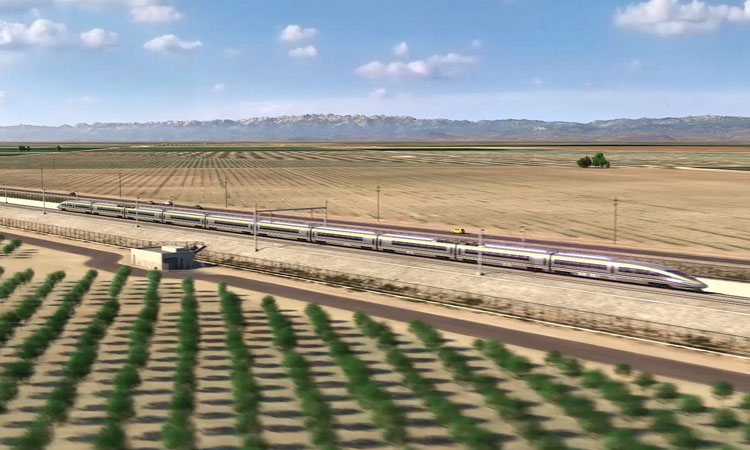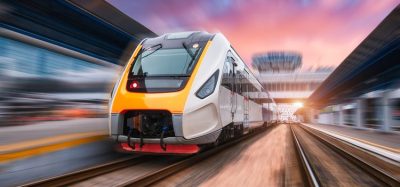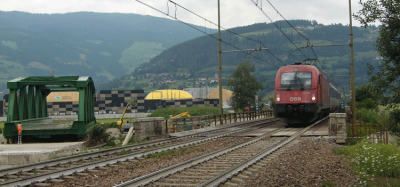California’s high-speed rail investment continues to spur economy
Posted: 22 January 2021 | Global Railway Review | 2 comments
The California High-Speed Rail Authority’s latest yearly economic impact analysis underscores the growing value of California’s investment in high-speed rail amid the economic uncertainty of the COVID-19 pandemic.


Credit: California High-Speed Rail Authority
From vendors and contractors to local California businesses benefitting from the investment, the California High-Speed Rail Authority’s (Authority) latest yearly economic impact analysis further highlights the value of indirect and induced benefits.
The project’s total direct labor income earned by workers on the project is between $3.9 and $4.4 billion and project total economic activity is estimated between $10.5 and $11.4 billion.
Since 2006, the Authority has created between 54,300 and 60,400 job years of employment throughout California and invested more than $7.2 billion in planning and construction of the nation’s first high-speed rail system. Approximately 97 per cent of the expenditures are to contractors, consultants and small businesses in California.
Authority Chief Executive Officer, Brian Kelly, said: “The economic impact of high-speed rail in the Central Valley cannot be overstated. Our progress on the construction and planning of clean, fast, reliable electrified high-speed rail continues to provide work and opportunities, despite the pandemic-related challenges of the last 10 months.”
Brian Annis, the Authority’s Chief Financial Officer, said: “The jobs created by this project are substantial. And the more than 5,000 total construction jobs we have created are helping families throughout the economy as those construction wages get spent in communities on goods and services that spur more economic growth from housing construction to restaurant employment.”
More than 560 certified small businesses throughout the state are also contributing to the high-speed rail programme. The Authority has also paid more than $300 million to certified Small Businesses, Disadvantaged Business Enterprises and Disabled Veteran Business Enterprises in California for work on the project. And 55 per cent of total project expenditure occurred in disadvantaged communities throughout California, spurring economic activity in these areas.
Since the start of construction, the more than 5,000 dispatched workers have been building 119 miles of high-speed rail in the Central Valley, where there are currently 35 active construction sites.
The Authority’s economic impact analysis is updated annually and reflects data as of June 2020. An updated webpage featuring the latest 2020 Economic Impact Analysis can be found here.
Related topics
Funding & Finance, High-Speed Rail, Regulation & Legislation








This is unfortunately a clear example of expenditure equating poorly with investment made in the public interest. Despite the original rationale ratified at the ballot box, the service will reach neither San Francisco nor Los Angeles. In fact, the need to transfer to/from regional commuter rail at both ends will add so much time to that intercity trip that its appeal collapses completely. In essence, California’s urban taxpayers will continue to struggle with freeway gridlock, even to reach the terminals of this line in the hinterlands. Meanwhile, the billions spent on HSRC will provide rural farmers with fast service between small towns in the agricultural Central Valley, excruciatingly subsidized by urban dwellers who receive no benefit.
When is the California high speed rail going to be completed?